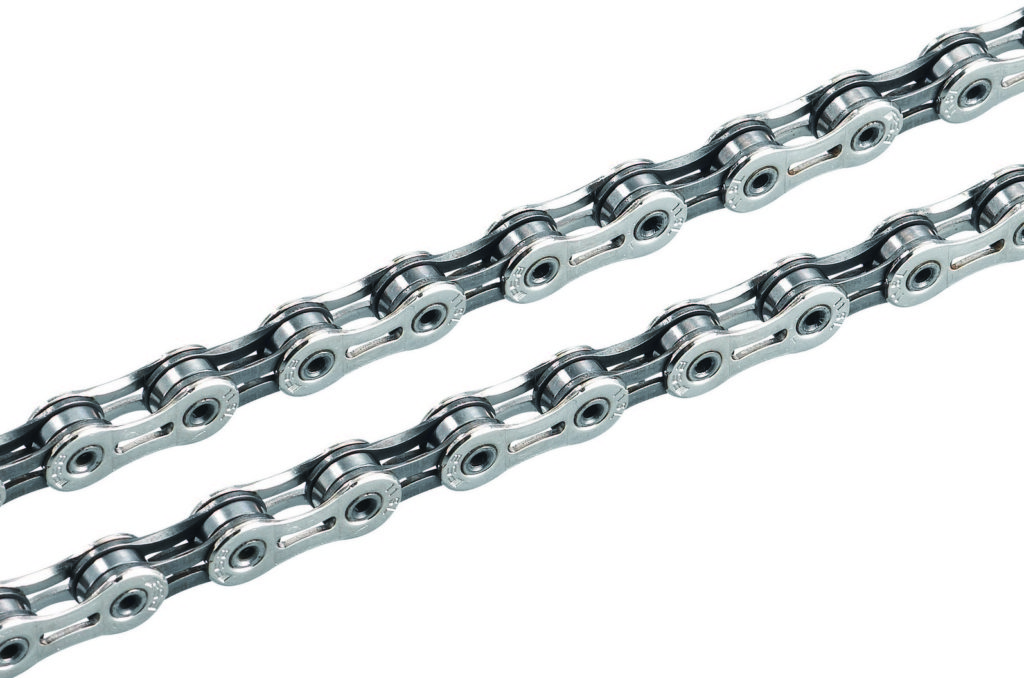Roadside assistance: 4 essential fixes you should be able to do when out on a ride
From fixing a flat to some basic skills to make sure you can get back from your ride if you suffer a mechanical

by Nick Di Cristofaro
There are basic mechanical skills that every cyclist should have, especially out on the road or trail. You may not ever tackle a wheel build, but you have to be able to fix a flat. I’ve been on many rides where I sit back and watch someone struggle with a flat tire, until I put an end to the rider’s misery. The repair is simple if you use the right technique and know what to look for. See ‘Fixing a Flat’ (below) for my tried-and-true method.
RELATED: How to get your bike really clean
Now what do you do if you have a cut sidewall or tread? If the cut is on the tread you are pretty much out of luck. If the cut is on the sidewall, you can sometimes line the inside of the tire before installing the tube. There are proper tire boots you can use, which don’t take up too much room in your seat bag. Also, a small piece cut from an old inner tube will work, as well as a $5 bill.
Another common adjustment on the road is the headset. If you’re getting knocking in the front end or brake shudder, you could have a loose headset. First, loosen the stem’s pinch bolts, and then the top cap. Remove the top cap to inspect the compression plug to make sure it’s tight and seated in the steering tube. Then, tighten the cap bolt slowly while grabbing the front brake and rocking the bike back and forth. Tighten the top-cap bolt until you don’t feel any play in the headset. Finally, align the stem with your front wheel and snug up the pinch bolts.
RELATED: Dust off your ride with this easy 8-step spring tune-up
You should also be prepared to handle a broken chain. Carry a small chain tool to remove a bent or broken link. You can use the tool to reattach the remaining length of chain. Make sure you don’t completely pop out the pin that you want to push back in. An easier method of reconnecting the chain is with a quick link. I recommend you always carry a couple extra quick links in your seat bag.
Fixing a flat
Eight steps for a perfect inner-tube swap
1. Make sure the tube is completely deflated.
2. Insert your tire lever at the opposite end of the valve stem and flip the bead over the rim while keeping the lever inserted. You only need one lever. With the wheel in your left hand and braced against the ground, push the lever around the circumference of the rim. The bead will peel right over the rim’s edge.
3. Most of the time you can leave the tire half on the wheel and pull the tube out.
4. Check the tire for any cuts, holes or bead damage. Go around the entire circumference of the tire both inside and out. If you don’t, you could get a second flat minutes after your repair. There might be a hole somewhere in the tire that allows the tube to protrude. Or, a piece of glass might have worked its way under the tire. Inspect the wheel’s rim as well – damage there could also be the culprit. The rim tape is very important. Ensure it is in good condition.
5. If you removed the tire completely, install one side of the bead onto the rim. Always make sure the tire is facing the right direction (look for a direction indicator on the side) and place the tire logo over the valve stem.
6. Install the tube and inflate it slightly so it takes shape.
7. Begin from the opposite end of the valve and work the bead over the rim with both hands until you are close to the valve. Try to use your palms and hand to get most of the tire on. Only use a lever if necessary. If you avoid using a tire lever, then you lessen the chance of pinching the tube.
8. Before inflating, always check that the tube is inserted fully in the tire by moving it back and forth.


